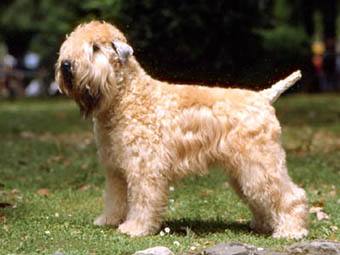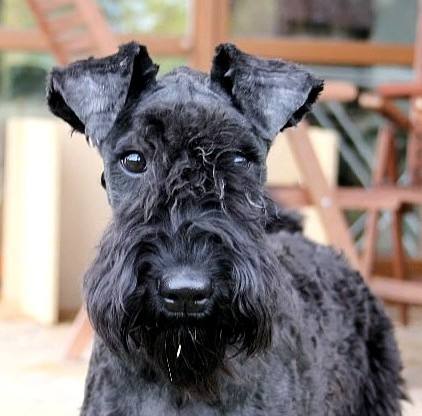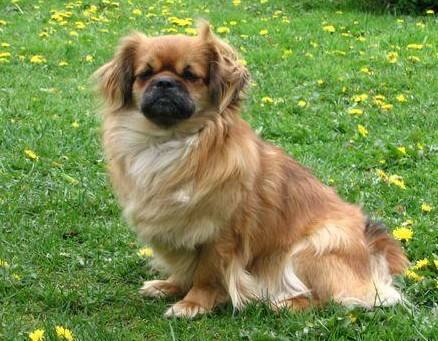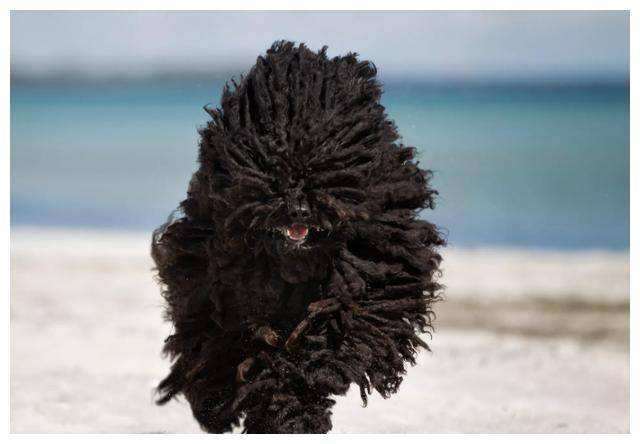
German Pinscher
German Shepherd
The German Flat Terrier originated in Germany in 1879. It is a relatively la···

Finnish Lapphund
Lapland dog
The Finnish Lapphund originated in the 17th century. Originally bred by the ···

Irish Setter
Irish Setter is a general term for Irish Red Setter and Irish Red and White ···

Lakeland Terrier
The Patterdale Terrier
The Lakeland Terrier was originally called the Patterdale Terrier. It was de···

English Foxhound
Foxhound
The English Foxhound originated in the United Kingdom in the 18th century, a···

Australian Shepherd
The Australian Shepherd originated in the 19th century. It is a working dog ···

Beauceron
French Shepherd, Boschnozzle, French Shorthaired Shepherd Dog
Although other countries don't know much about the French Wolfhound, it ···

Kerry Blue Terrier
Irish Terrier
The Kerry Blue Terrier, also known as the Irish Terrier, is the national dog···

Tibetan Spaniel
palace dog, sleeve dog
Tibetan Hound is commonly called "Sleeve Dog". It is native to Tib···

American Cocker Spaniel
Cocker Spaniel, Cockaby, Beagle
The American Cocker Spaniel originated from the American Cocker Spaniel in t···

Boston Terrier
The Boston Terrier is one of the few dog breeds bred in the United States.In···

Apso
Lhasa Apso, Tibetan Spaniel, Lhasa Goat Dog
There are two interpretations of the original Tibetan name of the Lhasa Apso···

Puli
Hungarian Puli, Hungarian Shepherd Dog
The Puli (Hungarian Shepherd Dog), also known as the Hu Dog, is a compact, s···

Portuguese Water Dog
Coad Agua
The Portuguese Water Dog is native to the coastal areas of Portugal and has ···

Wire fox terrier
The Wire Fox Terrier originated in the 19th century. It is a breed of dog de···

Pointer
Pointing Dog
Pointer is a transliteration of the English word Pointer. Another more intui···

American Eskimo
Arctic Husky, Husky
The American Eskimo Dog is a member of the Pomeranian Silky Dog family, and ···

Havanese
Havanese Bichon
The Havanese is the national dog of Cuba and the only native breed there.The···

Jack Russell Terrier
The Jack Russell Terrier is a lively, energetic, and group-loving working do···

Miniature Pinscher
Deerhounds
The Miniature Pinscher is a native German breed, also known as the Deer Dog ···

Dogue de Bordeaux
French Mastiff
The Dogue de Bordeaux is one of the oldest dog breeds in ancient France, and···

Bloodhound
Canis lupus familiaris,St. Hubert's Hound
The Bloodhound, also known as Canis lupus familiaris, is one of the oldest, ···

Leonberger
Canis lupus familiaris
Leonberger, originally from Germany, was a breed that was created in the fir···

Shih Tzu
Chinese Lion Dog, Lion Dog, etc.
Shih Tzu is an ancient dog breed originated in Tibet, China. As early as the···

Afghan Hound
Kabul Hound
The Afghan Hound is an ancient dog breed. There were images of the Afghan Ho···

Great Dane
Deutsche Dogge
Historically, the Great Dane has been used as a hunting dog, guard dog, figh···

Bulldog
Tiger dog, English bulldog
The English Bulldog originated in the United Kingdom. Some people also call ···



